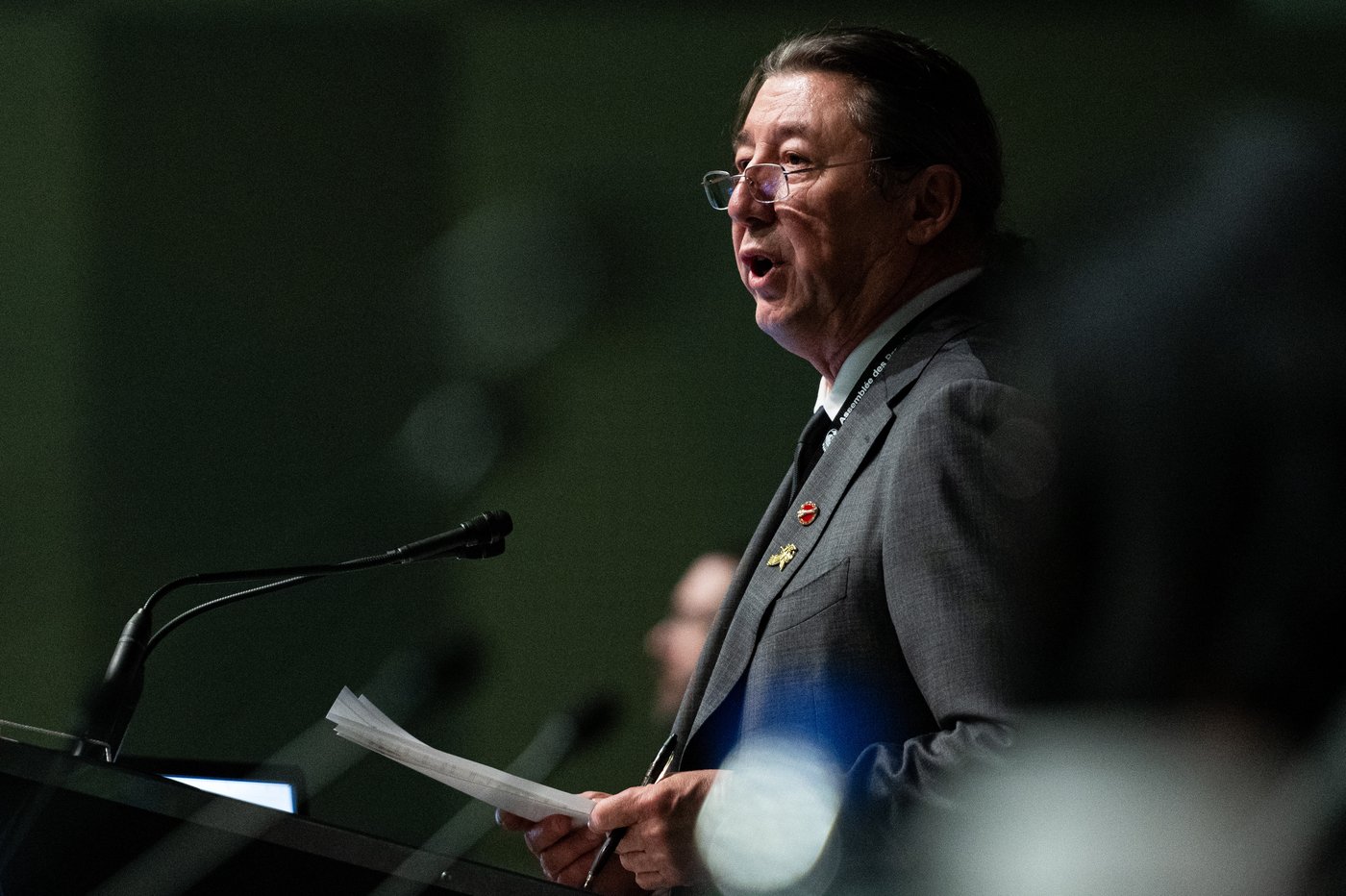Elevate your local knowledge
Sign up for the iNFOnews newsletter today!
[byline]

OTTAWA — Senators have passed sweeping amendments to a bill that would simplify the transfer of First Nations status between generations, rejecting the federal government’s advice to limit its scope.
Bill S-2, introduced in the Senate with support by the Liberal government, was drafted to eliminate some gender inequities in the Indian Act and allow some 6,000 people to become eligible for First Nations status.
Some senators and Indigenous community leaders said the bill didn’t go far enough.
On Tuesday, senators changed the legislation to eliminate what is known as the “second-generation cutoff,” opting instead for a one-parent rule that would allow First Nations status to be transferred to a child if one of their parents is enrolled.
The second-generation cutoff, which came from a 1985 amendment to the Indian Act, prevents individuals from registering for status under the Indian Act if they have a parent and a grandparent who did not have status.
Some First Nations chiefs have said the second-generation cutoff could leave their communities with no federally recognized members in the next generation — essentially eliminating their rights as distinct peoples.
Sen. Paul Prosper, the former Assembly of First Nations regional chief for Newfoundland and Nova Scotia, introduced the changes to the bill. He told The Canadian Press on Wednesday Bill S-2 was meant to address concerns about the Indian Act that have been raised for decades.
“I certainly hope that the House of Commons and (Indigenous Services Minister Mandy Gull-Masty) respect the evidence that the Senate has heard. It has been overwhelmingly in support of the removal of the second-generation cutoff,” he said.
“It’s an item that is quite key and integral to the survival of First Nations, and speaks to the unique relationship that First Nations have to the federal government … The ball is really in their court. We did our due diligence as senators, and it can get over to the other place in a matter of weeks.”
The bill does not become law until it is passed in the House of Commons.
Mi’kmaw Liberal MP Jaime Battiste, a member of the House of Commons committee on Indigenous issues, had warned senators against the changes they made to the legislation on Tuesday.
He told The Canadian Press in October the senators shouldn’t take this step without proper consultations with First Nations.
“It’s not something that we should rush into and put an amendment (in) that potentially impacts generations of First Nations status Indians,” Battiste said.
He repeated that warning Wednesday, saying the House of Commons is where these discussions should be taking place.
“What we really need to do is have the conversation about getting buy-in from the First Nations community, and as far as I know there is no (Assembly of First Nations) resolution calling for this,” Battiste said.
The overwhelming majority of chiefs, tribal council leaders and advocacy groups who appeared before the Senate committee studying Bill S-2 spoke in favour of ending the second-generation cutoff.
Prosper pushed back on Battiste’s comments.
“We have a constitutional duty to review and enact legislation, by way of a Senate bill or an amendment to a House of Commons bill,” Prosper said.
“It is purely within the realm of the Senate to do what we just did by enacting these amendments.”
In a media statement issued to The Canadian Press, Gull-Masty said the second-generation cutoff is a “critical and deeply personal issue that must be addressed in the right way.”
She said her government is working “closely” with First Nations on the issue and consultations will continue into the new year.
News of the amendments to the bill in the Senate has left some First Nations unclear on what, if anything, has changed in their enrolment policies.
In a social media post Wednesday, Miawpukek Mi’kamawey Mawi’omi, also known as Miawpukek First Nation, told its members there are no new eligibility requirements in the law.
“This is a positive step forward for the future of our membership, and we thank everyone for their patience and understanding as we move through this process together,” they wrote.
While First Nations chiefs and community members have been calling for changes to eligibility for a long time, some are concerned about the potential shift.
Chippewas of the Thames First Nation Chief Joe Miskokomon told The Canadian Press First Nations are already strapped for cash, and said an influx of new members could make it difficult to plan for the future.
“If we won’t know what our population growth is going to be, how do we calculate the size of (water pipes) we need within our First Nation? If we don’t know how many people there are going to be, how do we calculate the number of homes we’re going to need?” Miskokomon said.
“The impacts are significant. It’s not that we oppose them … The Liberal government cut the Indigenous budget by $2.3 billion, and now they’re talking about increasing the population size of First Nations. How do you rationalize that?”
In a social media post, Assembly of First Nations National Chief Cindy Woodhouse Nepinak said First Nations know who belongs to their communities and “it is time Canada finds another lane and respect First Nations citizenship and First Nations sovereignty over their population, membership and people.”
This report by The Canadian Press was first published Nov. 19, 2025.
Want to share your thoughts, add context, or connect with others in your community?
You must be logged in to post a comment.